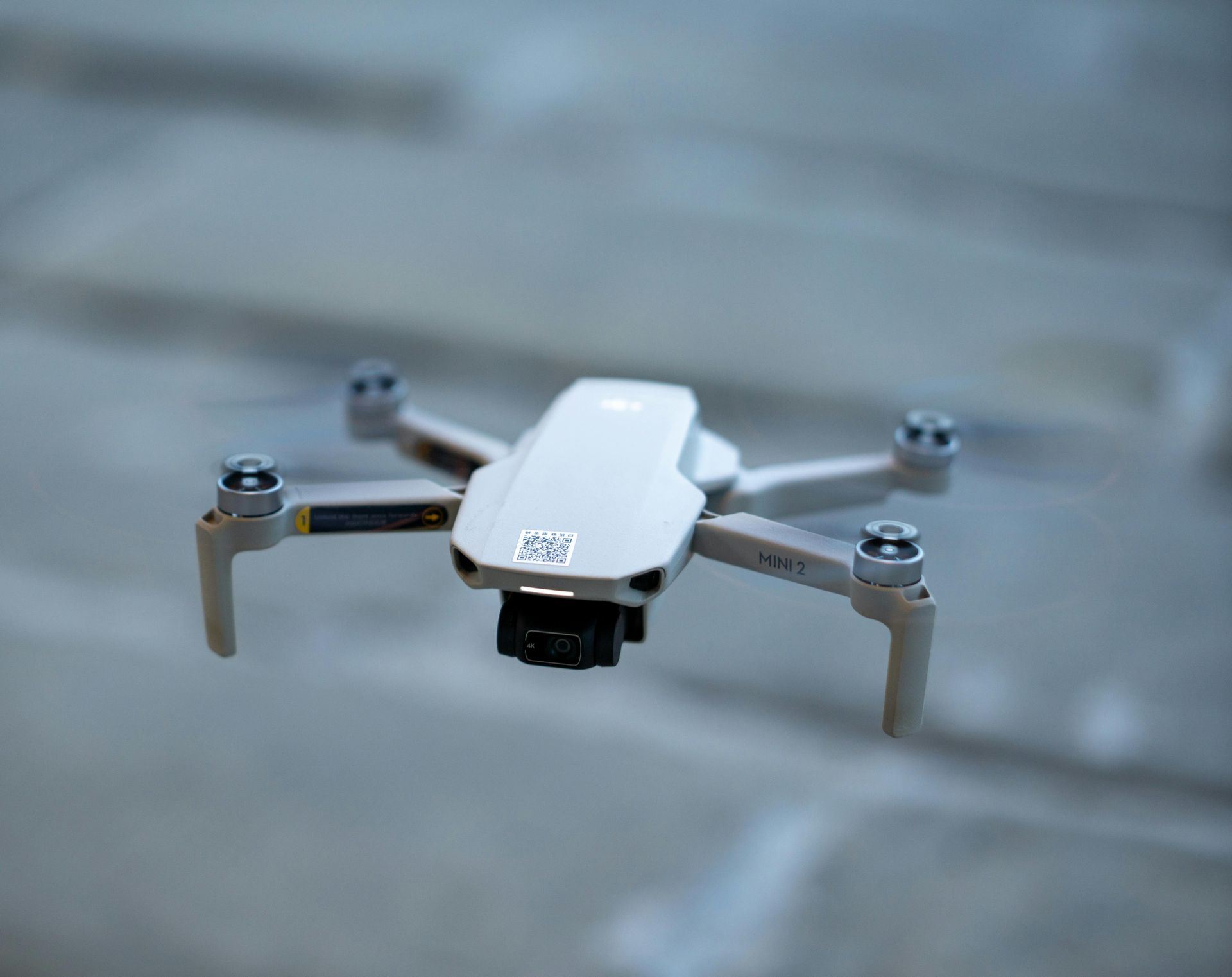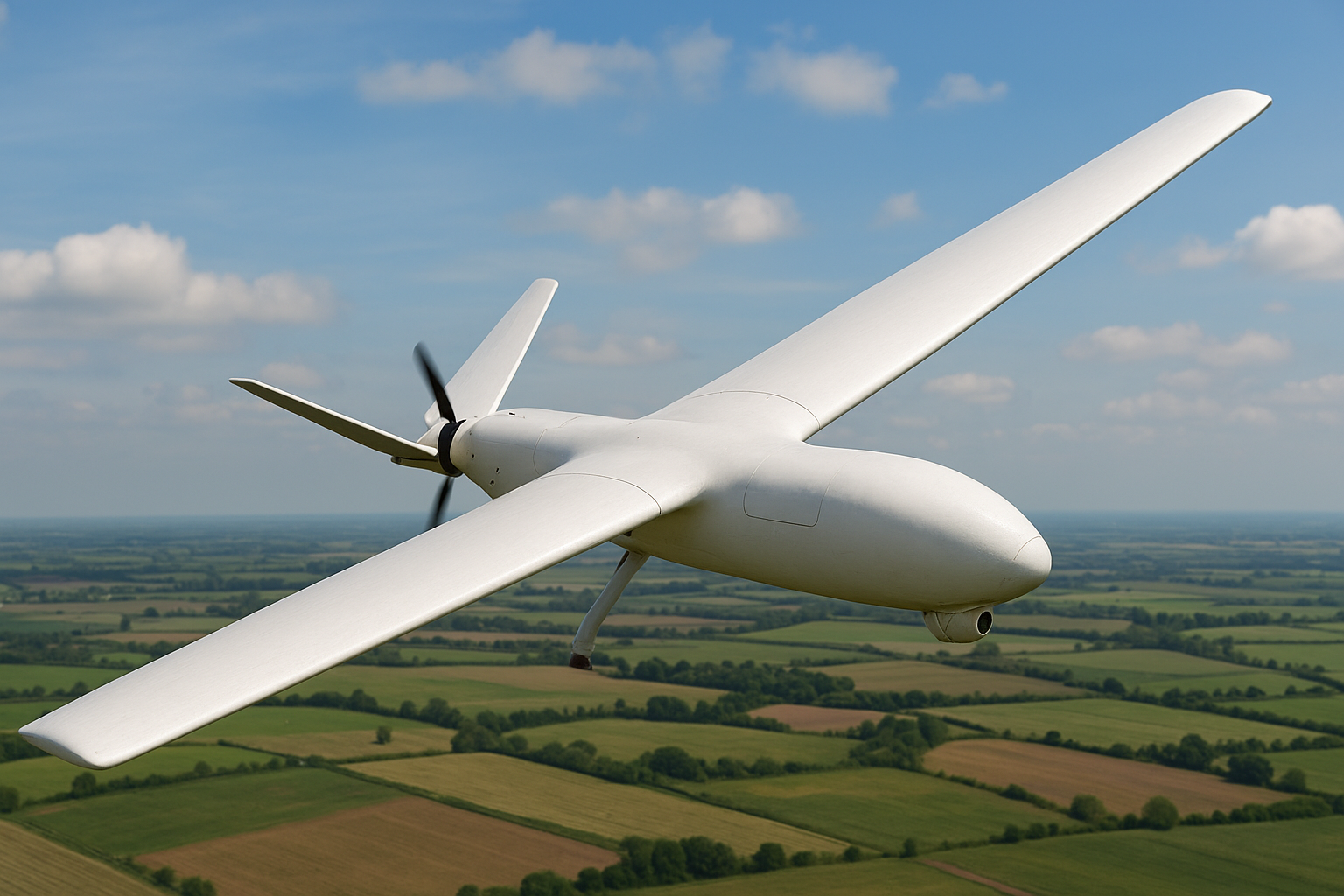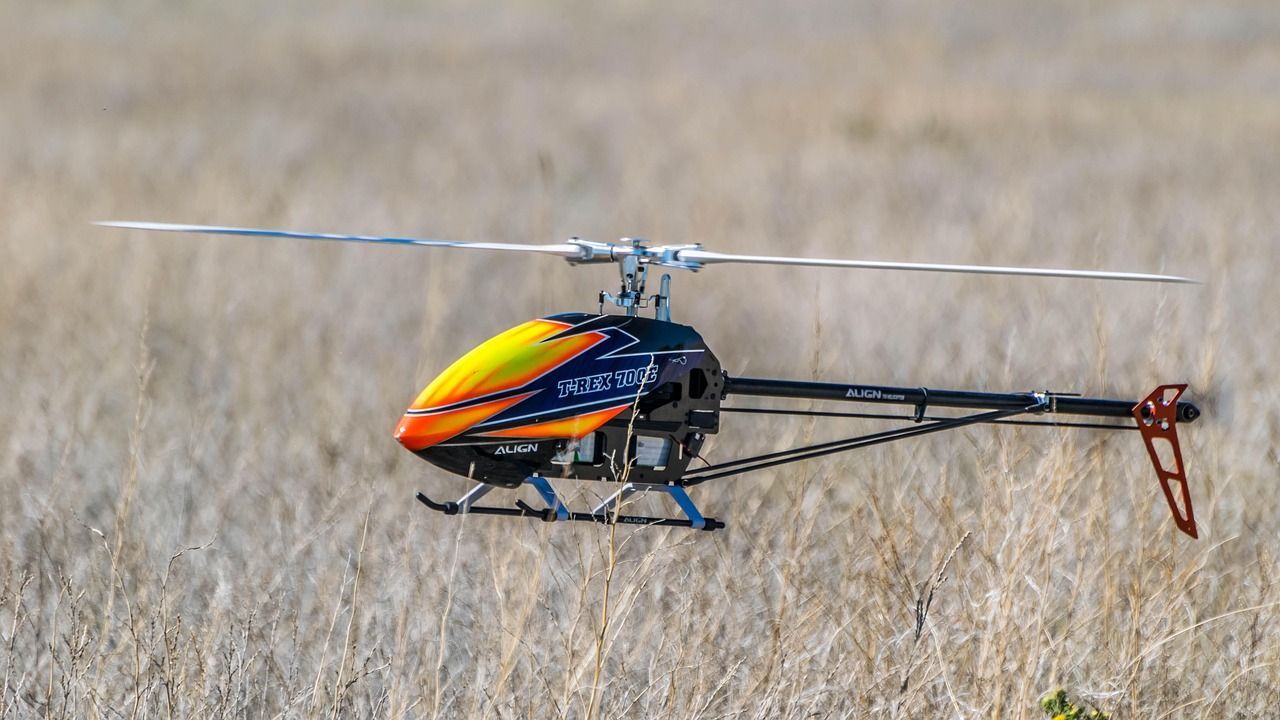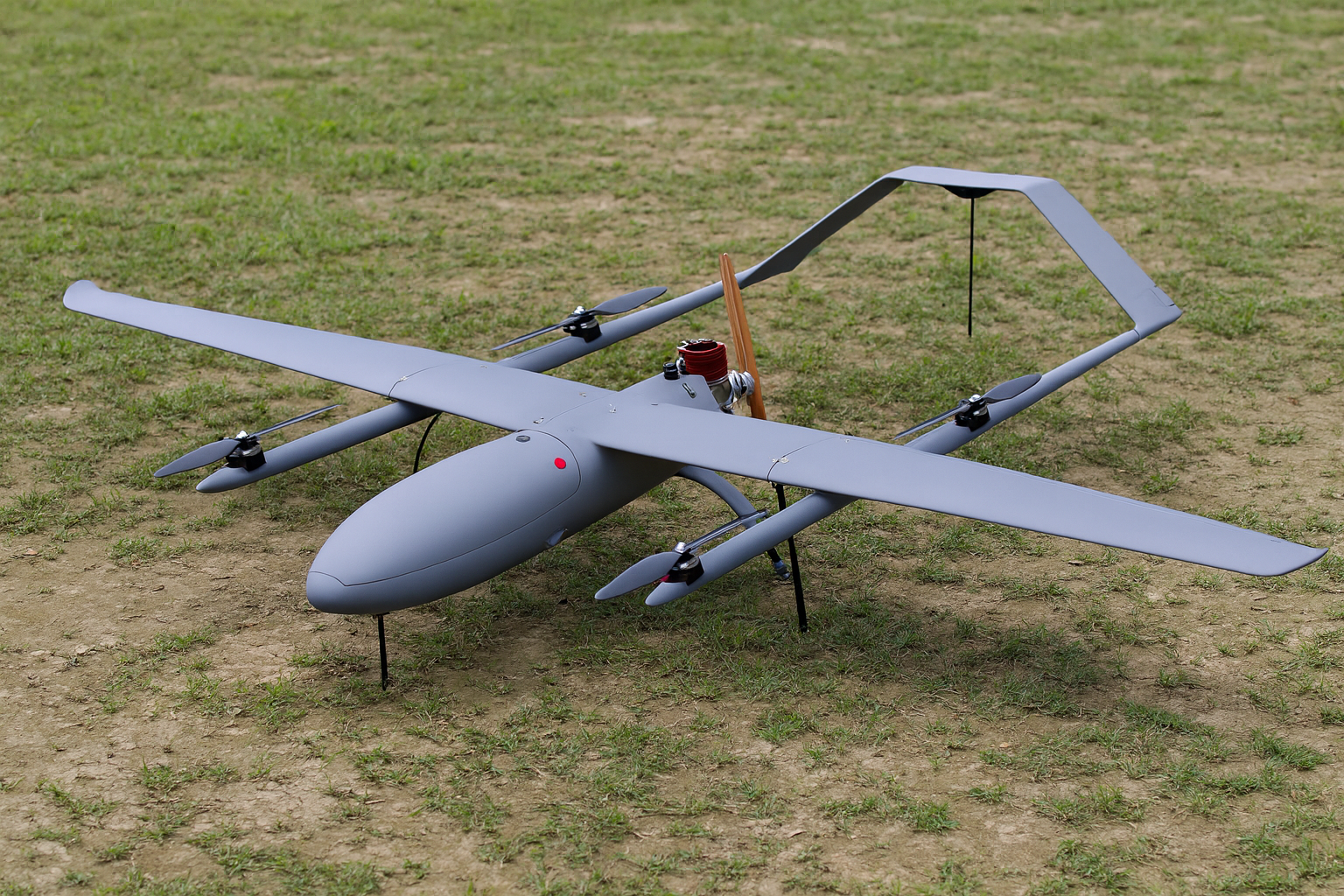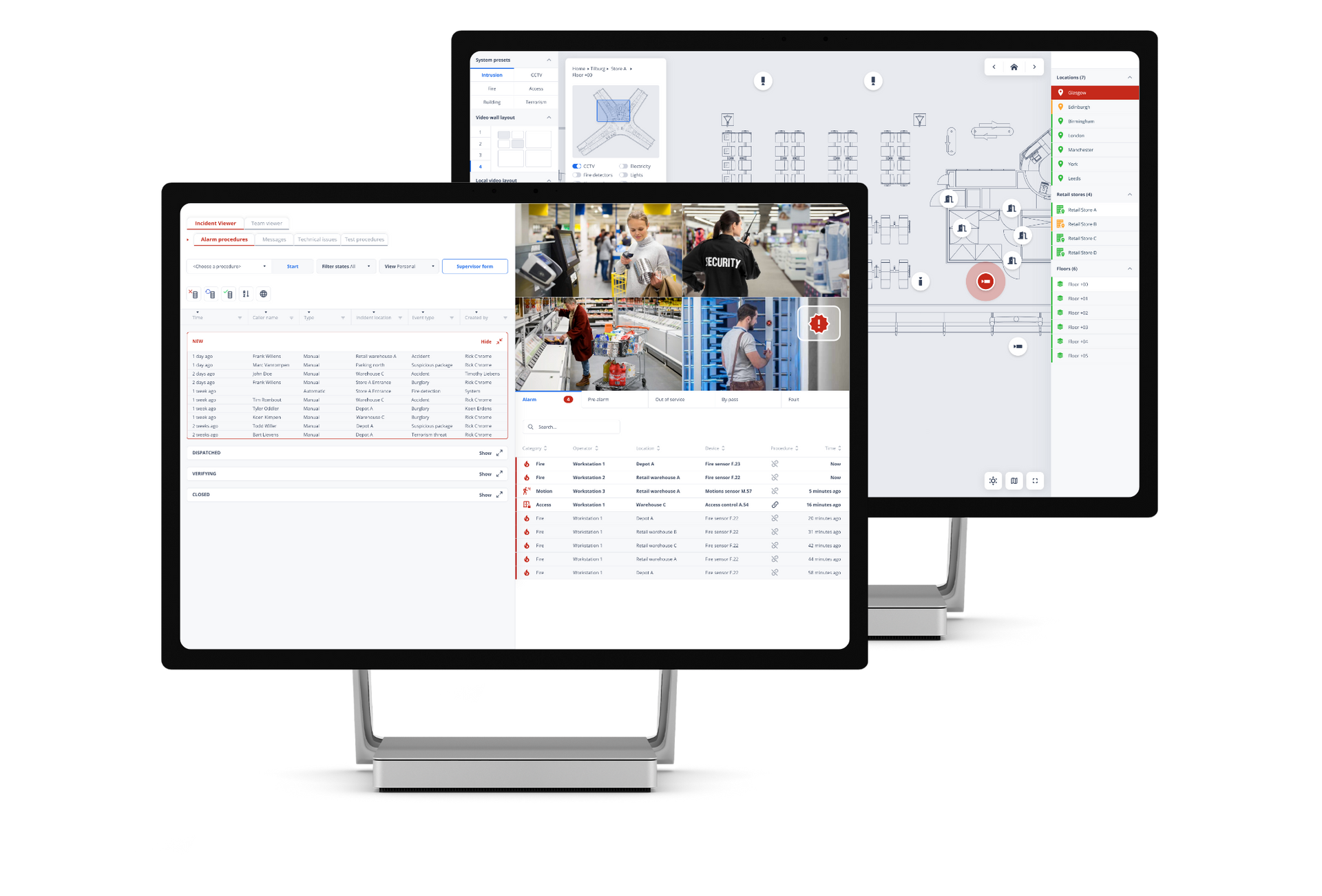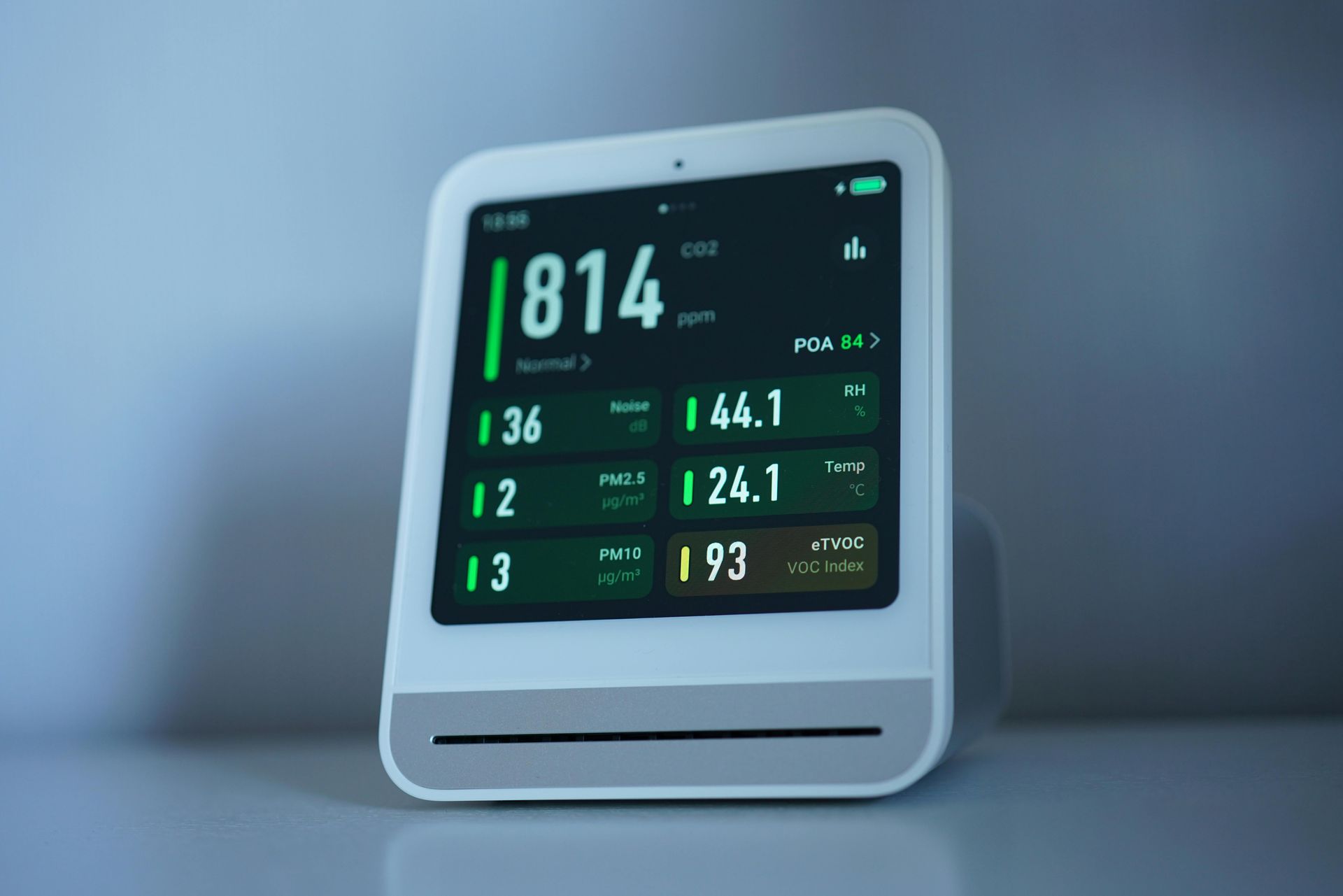How drones are transforming the future of innovation
Sky-Walker is working with drones.
Drones have already transformed the way we see and interact with the world, and platforms like Sky-Walker are taking that potential even further. Sky-Walker serves as an intelligent control layer that connects seamlessly with a wide range of drones, allowing operators to manage missions, monitor live feeds, and issue commands through a single software platform. Today, we can watch live feeds from drones in real time, giving a bird’s-eye view of landscapes, construction sites, or emergencies. But the future promises even more exciting possibilities. Operators will be able to direct drones from point A to B, then on to C, all with just a few clicks, and see the drone’s icon move on a map, showing its real-time location as it navigates the skies, right on your display.
By integrating directly with a drone’s onboard communication systems, Sky-Walker establishes a secure, real-time link that enables precise control over flight paths, camera systems, sensors, and payloads. This connection can be made over standard radio protocols, LTE/5G networks, or dedicated long-range communication channels, depending on mission requirements.
Once connected, operators can use the Sky-Walker interface to upload flight plans, set geofences, and adjust mission parameters on the fly. The software will support automated tasking, allowing drones to follow predefined routes, conduct inspections, or collect data without manual piloting. During operations, Sky-Walker will provide continuous telemetry such as location, altitude, battery status, and sensor feeds, allowing users to make quick, informed decisions.
Sky-Walker will also enable in the futhur multi-drone coordination, letting operators assign roles, trigger synchronized actions, or redirect assets based on real-time situational changes. This makes the platform ideal for complex missions in security, inspection, emergency response, and environmental monitoring.
By combining connectivity, automation, and intelligent command tools, Sky-Walker turns drones into reliable, interactive, mission-ready assets that can be managed effortlessly from a unified software environment, bringing the future of drone technology to today’s fingertips.
Drone types
Drones come in a variety of shapes and capabilities, each tailored to specific tasks and environments. From compact multi-rotor models ideal for precise aerial work to long-endurance fixed-wing designs built for covering vast areas, understanding the different types of drones is key to selecting the right platform for any mission. Some models, like single-rotor drones, excel at carrying heavy payloads, while hybrid VTOL designs combine the benefits of hovering and long-distance flight. In this section, we’ll explore the main categories of drones, their unique strengths, and the applications where they shine
Usages
🌾Agriculture: Drones help farmers monitor crop health, analyze soil conditions, and manage irrigation more efficiently. Equipped with sensors and cameras, they can identify stressed plants early and even spray fertilizers or pesticides with precision, saving time and reducing waste.
🏗️Construction: teams use drones for site surveying, mapping, and progress tracking. Aerial imagery provides accurate data for planning and helps identify issues before they become costly and problematic. Drones also enhance worker safety by inspecting hard-to-reach areas, such as roofs or high structures.
🚓Public Safety: Emergency services rely on drones for search and rescue, disaster assessment, and firefighting support. They provide real-time aerial views during critical situations, helping crews locate missing people, monitor hazardous areas, and make faster, safer decisions.
📦Logistics & delivery: Drones are being tested to transport packages, groceries, and even medical supplies. They offer fast delivery times, reduce road congestion, and can reach remote or difficult locations, making them especially valuable for emergency medical needs.
⚡Energy & Utilities: Drones inspect power lines, wind turbines, solar farms, and pipelines with high accuracy. They reduce downtime, avoid dangerous manual inspections, and capture detailed images that help teams identify issues early and plan maintenance efficiently.
🌍Environmental Protection: Conservation teams use drones to track wildlife populations, monitor forests, and detect illegal activities like poaching or deforestation. Their ability to cover large areas quickly makes them a powerful tool for protecting ecosystems and supporting climate research.
🎬Media & Entertainment: Aerial drones have transformed filmmaking, photography, and live event coverage. They capture dynamic shots that once required helicopters, at a fraction of the cost and opening new creative possibilities for content creators and production teams.
🚑Healthcare: In remote or disaster-hit areas, drones deliver essential medical supplies such as vaccines, blood, and medication. Their ability to fly over blocked roads or rough terrain ensures communities get critical help quickly.
Drones in the media
Check out this insane drone flight, a quadcopter reportedly hit 576 km/h, breaking speed barriers like never before. Watch the video below to see how precision engineering and raw power combine for a record-setting run.
Future of drones
The future of drones is driven by advances in autonomy, sensing, and airspace integration. AI-enabled navigation, computer vision, and SLAM (Simultaneous Localization and Mapping) will allow drones to operate with minimal human oversight, even in dense, obstacle-rich environments. Improved endurance, hybrid propulsion, and higher payload capacity will expand applications in logistics, inspections, and environmental monitoring.
Platforms like Sky-Walker represent this next phase: combining long-range capability with intelligent flight control to support BVLOS operations and data-driven missions. As drones connect to IoT networks and cloud systems, they’ll enable automated inspection workflows, smart-city monitoring, and rapid delivery routes.
Progress in U-space/UTM systems and BVLOS regulation will be essential. Once these frameworks mature, drones, including advanced platforms like Sky-Walker, will shift from specialized tools to core infrastructure in industrial automation, resilient logistics, and urban mobility.
Conclusion
Drones are rapidly evolving from niche tools into essential assets across multiple sectors, offering new levels of efficiency, safety, and insight. As industries adopt more advanced platforms, the ability to manage and coordinate these systems becomes critical. Sky-Walker brings all of this together by providing a unified, intelligent interface that connects drones, automates missions, and streamlines decision-making. With technologies like AI navigation, real-time data integration, and multi-drone coordination, the future of unmanned operations is not just promising, it’s already taking shape. As regulations mature and digital infrastructure expands, solutions like Sky-Walker will play a central role in unlocking the full potential of drone technology.
Want to see Sky-Walker in action?








 Download Product Ebook
Download Product Ebook View all our solutions
View all our solutions Sky-Walker Architecture
Sky-Walker Architecture View all our integrations
View all our integrations Book Protocol workshop
Book Protocol workshop Our Company
Our Company Contact Us
Contact Us View All Our Case Studies
View All Our Case Studies Become a PSIM Partner
Become a PSIM Partner Become a Sky-Walker PSIM partner today!
Become a Sky-Walker PSIM partner today! English
English Français
Français Nederlands
Nederlands